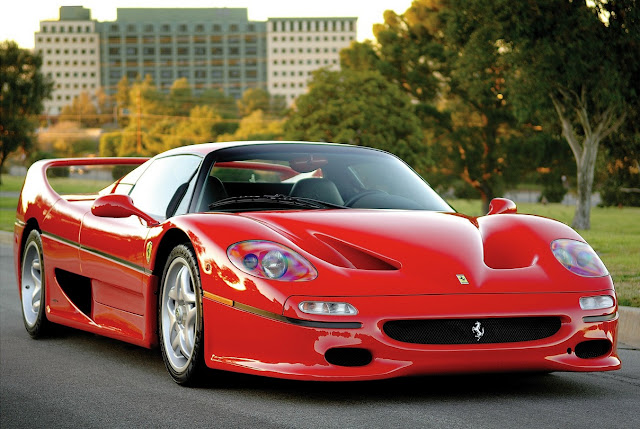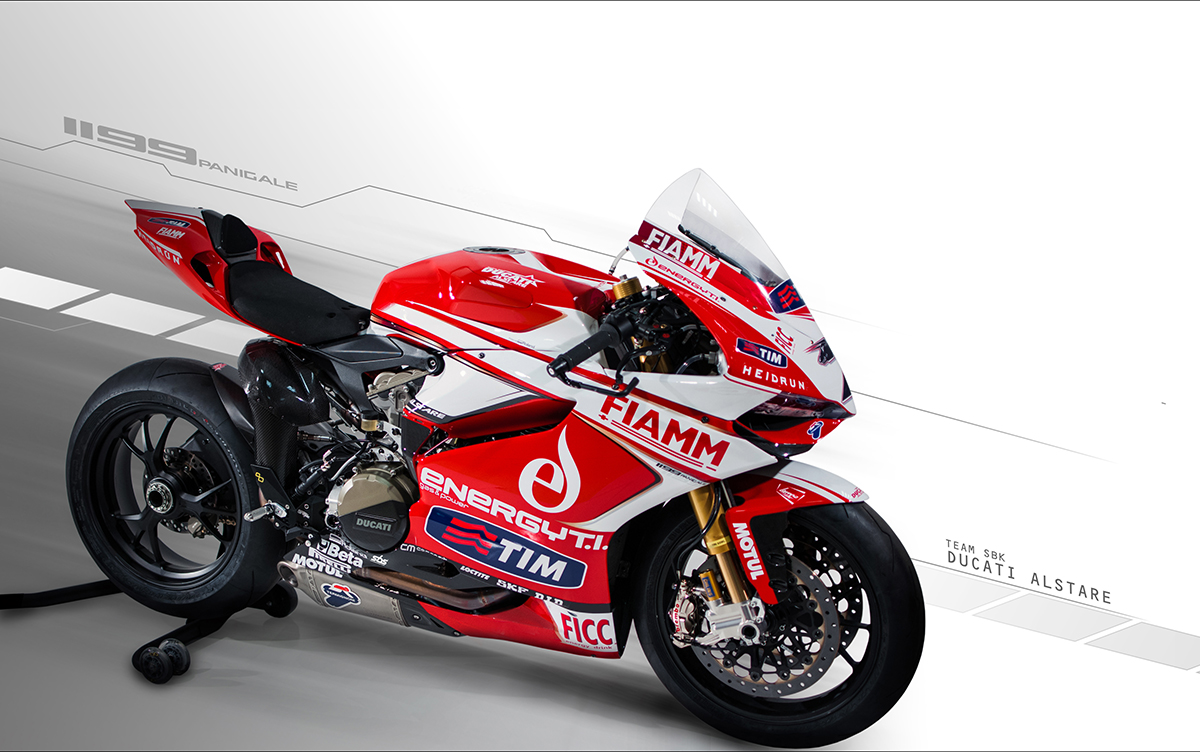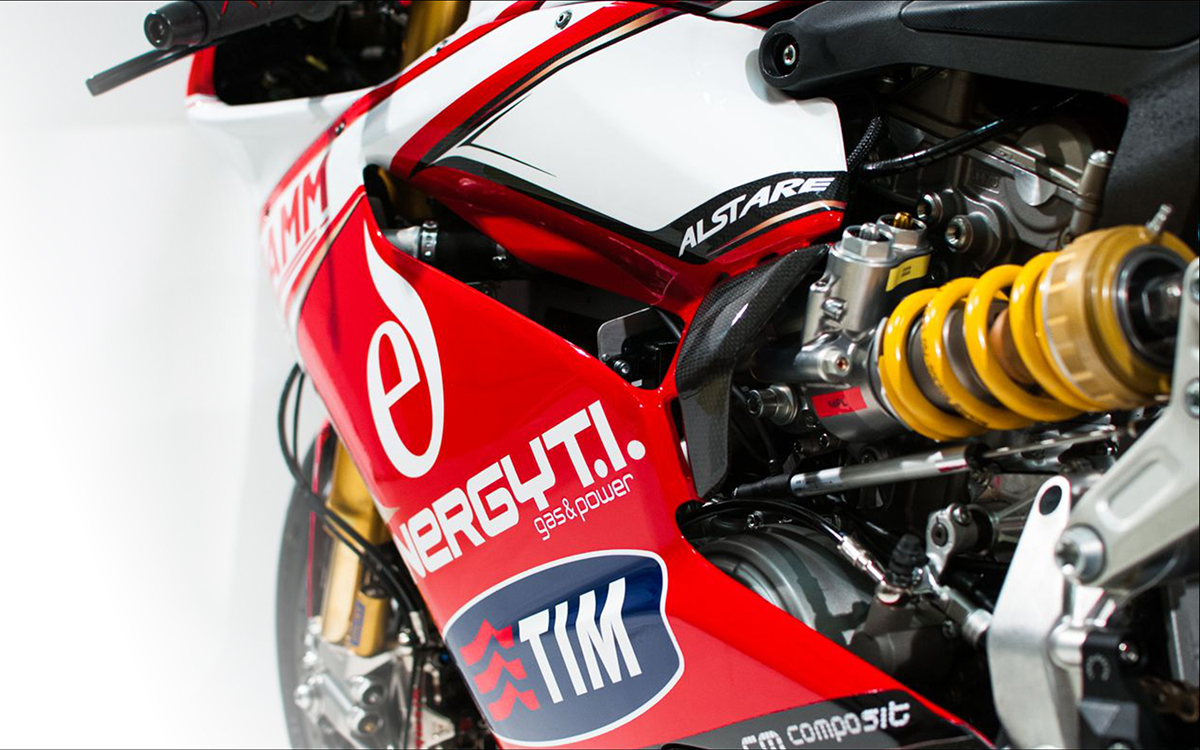Popular opinion of the F50 is that it sucked as a road car and was a disappointment. J. Clarkson can go fuck himself in this case — it is a beautiful machine.
In its early days, over 50 years ago, Ferrari built cars which could be used, with only a few minor alterations, for Formula 1 or Sportscar events or everyday on the street. However, as Formula 1 cars evolved, it became impossible for someone who was not a team driver or a collector capable of passing a series of private tests on the track, to take the wheel of a racing Ferrari. Ferrari decided to again give all its clients the chance for this experience. The F50 was the response to this technological challenge. Thanks to the research made possible by Ferrari’s vast experience in this field, producing over 45 racing models and over 120 GT and Sports models, the F50 was built to the same tolerances and with the same integrity as a Formula 1 car. The carbonfiber monocoque that enclosed the aeronautical rubber fuel tank, the V12 engine that acted as a load-bearing structure for the transaxle-rear suspension assembly, the pushrod suspension, and separate hand-braking system are formed on the basic principles of a racing car projected into the dimension of normal, safe use in all situations. The result was a car with a specific power output of 109 HP/litre and an extraordinary chassis that combined unbeatable performance with exact handling and ultimate safety even in unexpected or extraordinary circumstances.
Chassis:
The chassis of the F50 was made entirely of carbon fibre, weighing 225 lbs and offering a torsional rigidity of 25,677 lbs-ft/°. Like a Formula 1 car, occupants sat in the central tub formed by the chassis, and the aeronautical rubber fuel cell was located in a protected position between the passenger tub and the engine and rear suspension. The result was in advanced driving position, with a front to rear weight distribution of 42:58. A load-bearing element, the F50’s engine acted as a support for the suspension, rear bumper and bodywork elements. To guarantee perfect suspension operation, the engine-transaxle assembly was rigidly attached to the chassis.
Engine:
In keeping with its brief as a Formula 1 car for the street, the F50 employed a naturally aspirated 4.7 liter narrow V12. The block was in nodular cast iron with Nikasil-coated liners. The seven main tri-metallic-bearing crank shaft was propelled by Mahle-forged aluminun pistons via titanium Ti6al4V alloy connecting rods.
The cylinder head had five radial valves per cylinder. This is an ideal solution for engines capable of high speeds that close valves pneumatically. The five valves (three intake and two exhaust) were smaller and therefore the flutter speed was raised above 10.000 RPM.
Suspension:
The length of the locating arms was chosen to keep track and camber changes to a minimum. The front and rear suspension had wishbones and reaction arms that act on spring and damper by way of a push-rod system. The dampers were specially developed by Bilstein. To guarantee the setup and maximum precision in wheel movement over the ground, all the joints linking the suspension to the chassis were rigid, as they are on racing cars.
Brakes:
Racing achieved its most extraordinary progress in the field of braking. The F50 offered the braking of a racing car with a system designed in cooperation with Brembo to incorporate four cast iron discs splined directly on the aluminum hub. The calipers were in alumimium with four large ground cylinders, like those used on Formula 1. The braking system was sized so that it would not need servo-assistance or ABS.












